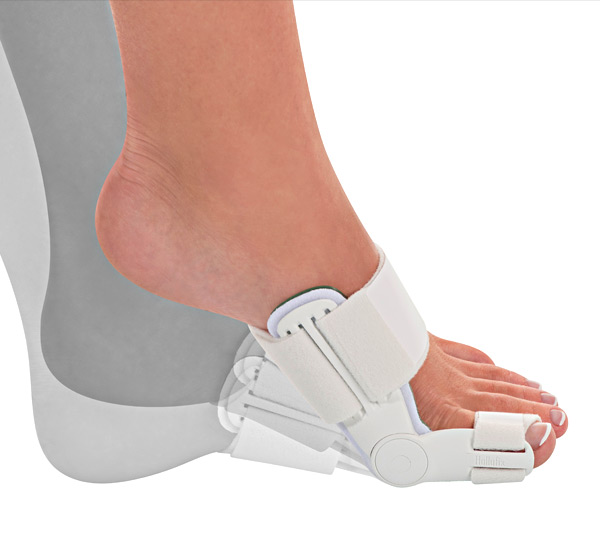Select Foot Problem
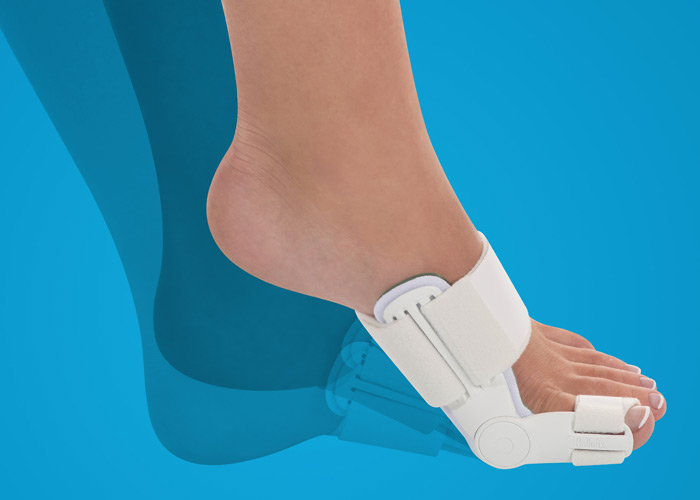
Bunion (Hallux valgus)
Foot Problem:
A bunion is a mal-alignment of the two bones that form the base joint of the big toe. Due to this mal-alignment, the big toe begins to angle inward towards the other toes, thrusting the base joint out further in the opposite direction. Risk factors include genetic predisposition, weak connective tissue, wearing tight narrow shoes and especially high heels. Bunions are more prevalent in women.


Signs & Symptoms of Bunions
Below are common signs and symptoms of bunions, which vary from person to person.
- A protruding bump on the outside of your big toe
- Persistent or sporadic pain
- Dull, achy or sharp pain in or around the big toe
- Pain while walking or in narrow shoes
- Restricted movement of your big toe
- Inflammation, redness, swelling or soreness around your big toe joint
- Corns, calluses and/or blisters
- With time, more severe symptoms can occur, such as:
- Arthritis of the big toe joint
- Stress fractures
- Problems walking
How to determine the Severity of your bunion: The Manchester Scale
The Manchester Scale is a noninvasive self-assessment tool for you use and evaluate the severity of your bunion on a scale of 1 (no bunion) to 4 (a severe bunion). Once you rate your bunion, you’ll be able to find the bunion treatment that works best for you.
Degrees of Bunion Severity Using the Manchester Scale
By comparing your feet and big toe to the Manchester Scale images below, you can establish your level of bunion severity.

1: No Bunion
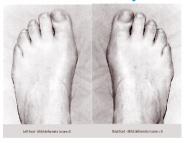
2: Mild Bunion

3: Moderate Bunion

4: Severe Bunion
Some Examples of Mild to Moderate Bunions

1st Degree
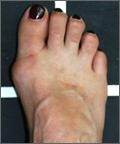
2nd Degree
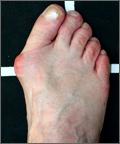
3rd Degree

4th Degree
Bunion Solution
- Wear Bunion Aid®, a 3 in 1 bunion splint that provides pain relief, protection and correction through range of motion
- Use protective pads or cushions to reduce friction of the swollen area
- Temporarily relieve discomfort with toe spreaders by moving your toes away from each other
- Protect your bunion with a soft splint, however, they do not provide corrective support through range of motion
- Wear rigid night splints to help straighten your big toe, though these splints cannot be worn while walking and are not adjustable
Ball of foot pain (metatarsalgia)
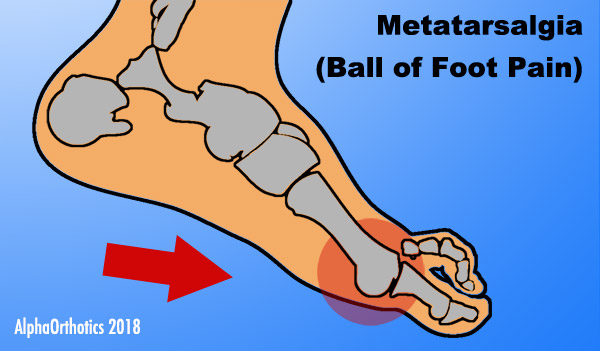
Foot Problem:
Did you know that when you push off your toes while walking, the joints in the ball of the foot carry three times your body weight?
When there is increased pressure on the ball of the foot, normal weight distribution is disrupted causing pain and inflammation. There are many causes of ball of the foot pain, including wearing high heels, high impact sports, excessive body weight (obesity), stress fractures, high arches and bone abnormalities of the feet.
Signs & Symptoms of Metatarsalgia
Below are common signs and symptoms of metatarsalgia, which vary from person to person.
- Sharp, shooting, dull, aching or burning pain in the ball of the foot
- Pain that worsens while standing, walking, or running
- Numbness or tingling in your toes
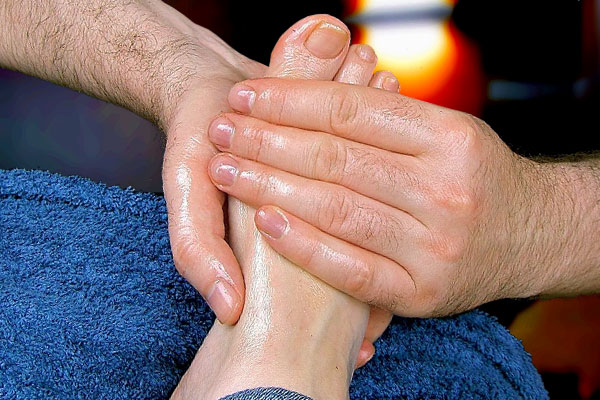

Metatarsalgia Solution
- Wear the Mid-foot Arch Support Brace with an adjustable dual strapping support system, which provides inward and upward support to your metatarsal arch
- Place a teardrop-shaped metatarsal pad directly behind the ball of your foot to redistribute pressure
- Use custom orthotics to provide appropriate arch support
Stress Fracture
Foot Problem:
Stress fractures are common among runners, dancers, military personnel, athletes and anyone who is constantly on their feet. Stress fractures are usually caused by ‘overuse’ or repetitive action on the bone. They are most common on weight bearing bones of the lower leg and foot.

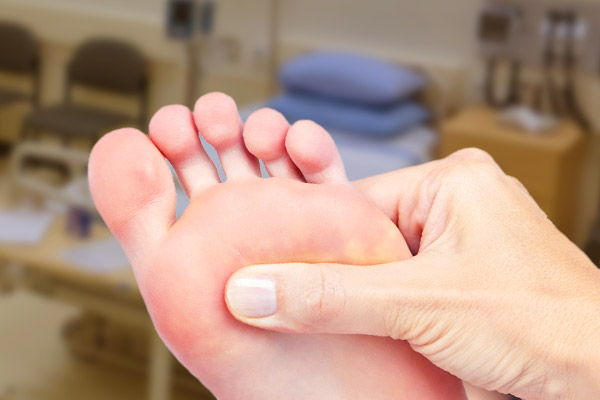
Signs & Symptoms of Stress Fracture
- Pain
- Swelling
- Localized tenderness
- Increased pain and swelling during activities
- Decreased pain and swelling while resting
Stress Fracture Solution
- Wear the mid-foot arch support brace with an adjustable dual strapping support system that provides inward and upward support to your metatarsal arch. The support brace should also include an adjustable teardrop shaped metatarsal pad that will help redistribute pressure throughout your toes
- Place a teardrop-shaped metatarsal pad directly behind the ball of your foot to redistribute pressure
- Use an orthotic support with a metatarsal pad, which redistributes the weight away from the stressed metatarsal
- Rest, ice and anti-inflammatory medication
- Give yourself time to heal without engaging in repetitive high-impact exercises and weight bearing activities is required
Hammertoe & Clawfoot

Foot Problem:
A hammertoe is a permanently bent toe, usually one of the four smaller toes. Over time, hammertoe(s) become more bent due to prolonged squishing against tight, narrow or high-heeled shoes. Hammertoes can also be caused by bunions, which crowd the toes as well. Eventually, the muscles in the toe(s) won’t be able to straighten. Severe hammertoe will actually start to cross over the next toe. Claw foot occurs when the arch of the foot is extremely high and the toes bend downward, making the foot look like a claw.
Signs & Symptoms of Hammertoe & Clawfoot
- A hammer or claw like appearance of the toe
- Corns on the top of the toe
- Callus on the sole of the foot
- Pain and difficulty moving the toe
- Over time, the toe stiffens and will no longer move
- Painful to walking or wear shoes

Hammertoe & Clawfoot Solution
- Wear the Bunion Aid® splint to align your big toe and create space between the first and second toes. The adjustable teardrop shaped metatarsal pad helps redistribute pressure throughout your toes
- Use gel toe sleeves and hammertoe splint loops to help protect and relieve pain
- Wear wide-fitting toe-boxed shoes to help avoid pressure on your toes
- Avoid tight and narrow shoes that push your toes together and against the end of the shoe
Flat feet or fallen arches
Foot Problem:
An overstretched tendon that supports the arch of the foot or an untreated childhood flat foot condition can result in fallen arches or flat feet. While walking, fallen arches cause a person’s foot to roll inward (over- pronation). Over-pronation negatively effects the way you walk which in turn can lead to problems with your joints, balance, knees, hips and gait.
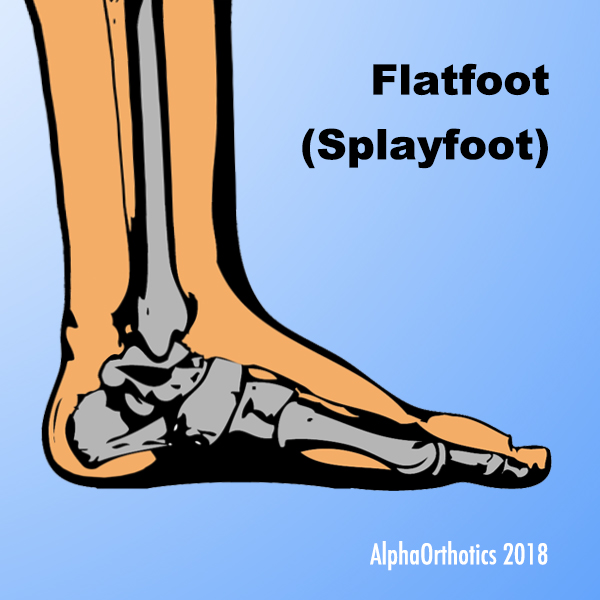

Signs & Symptoms of Flat feet or fallen arches
- Arch on the inside of the foot is flat
- While standing for long periods of time or after sports, your feet ache or are tired
- Painful and achy feet, especially in the arches and heels
- Some people experience ankles, legs and/or back pain
Flat Feet or Fallen Arches Solution

Wear custom or “off the shelf” orthotics insoles such as the Alpha Orthotics Hammertoe & Splayfoot Insoles

Use the mid-foot arch support brace with an adjustable dual strapping support system that provides an inward and upward support to the metatarsal arch of the collapsed arch
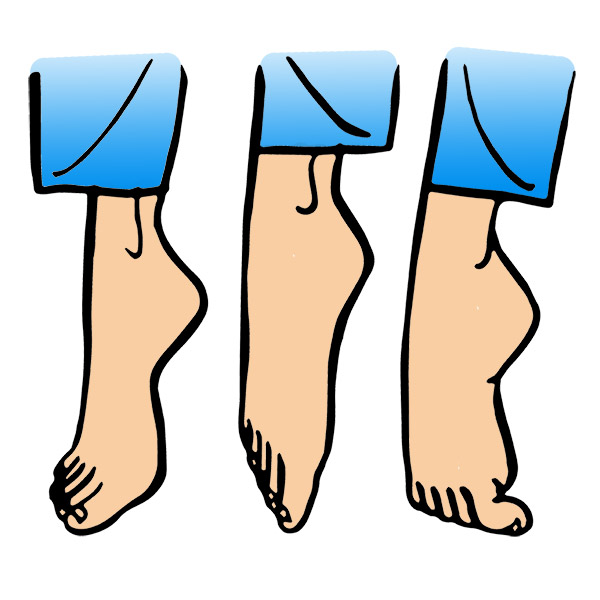
Exercise your feet, as recommended by your medical professional
Arthritis

Foot Problem:
Arthritis is inflammation of the joints. It is a degenerative condition of the cartilage and generally occurs with age. When the mechanics of the foot have shifted in a way that places excessive stress on the joints, the cartilage that protects your joints starts to break down creating friction and inflammation. Foot arthritis is very painful because the feet support a person’s body weight. Common causes of foot arthritis are heredity, foot injuries and infection of the joints.
Signs & Symptoms of Arthritis
- Pain, swelling or tenderness
- Stiffness or reduced motion
- Redness and a feeling of heat in the feet
- Difficulty walking

Arthritis Solution

Wear a strong adjustable arch support brace that can control the flattening of the foot and reduce stress on arthritic joints.

Use a firm insole with an arch support that helps brace the foot and decreases the workload on your joint.

Take anti-inflammatory medication, exercise and physical therapy.
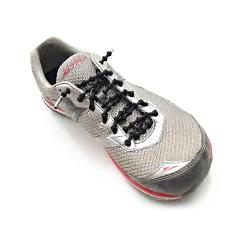
Wear proper fitting shoes.
Hallux varus
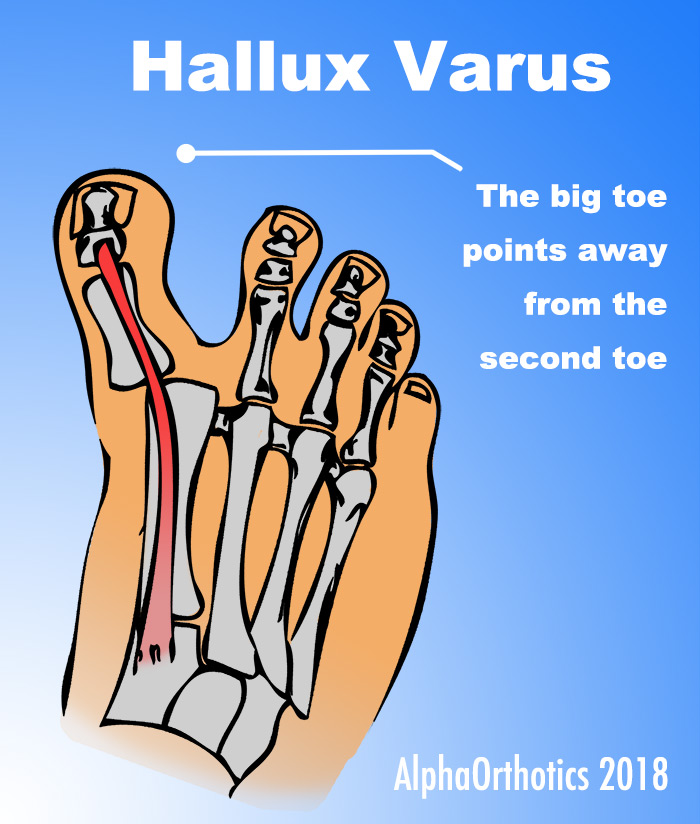
Foot Problem:
Hallux varus or sandal gap is a deformity of the great toe joint where the hallux is deviated medially (towards the midline of the body) away from the first metatarsal bone. The hallux usually moves in the transverse plane. Hallux varus is typically a major complication from bunion surgery. Overcorrection causes the big toe to shift outward. Signs typically show up within the first week post-surgery. Other causes include trauma, injury and congenital deformity.
Signs & Symptoms of Hallux varus
- The big toe points away from the second toe
- Pain which is usually caused by friction of the big toe crowding against a shoe

Hallux varus Solution
- Splint the toe immediately using the Bunion Aid® Post Surgical Splint to prevent further shifting, provide pain relief, protection and correction through range of motion.
- Consult your medical profession. Potentially, you may need to have Hallux varus surgery to straighten the toe and then splint immediately to prevent further shifting.



